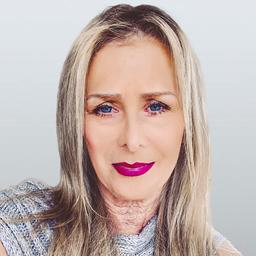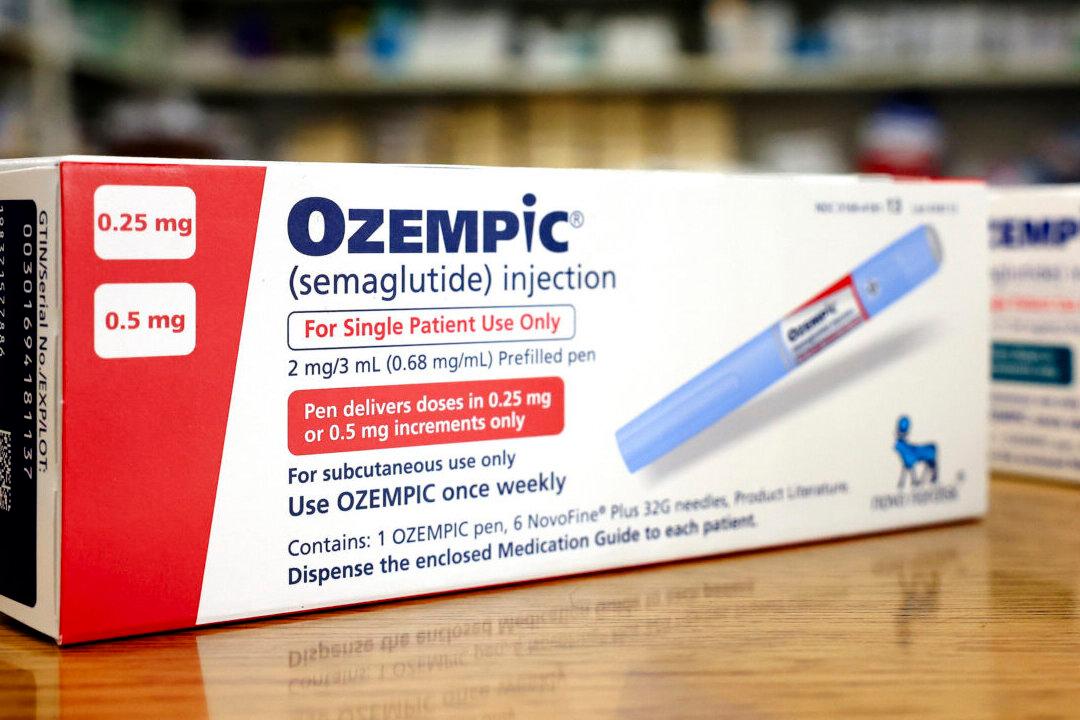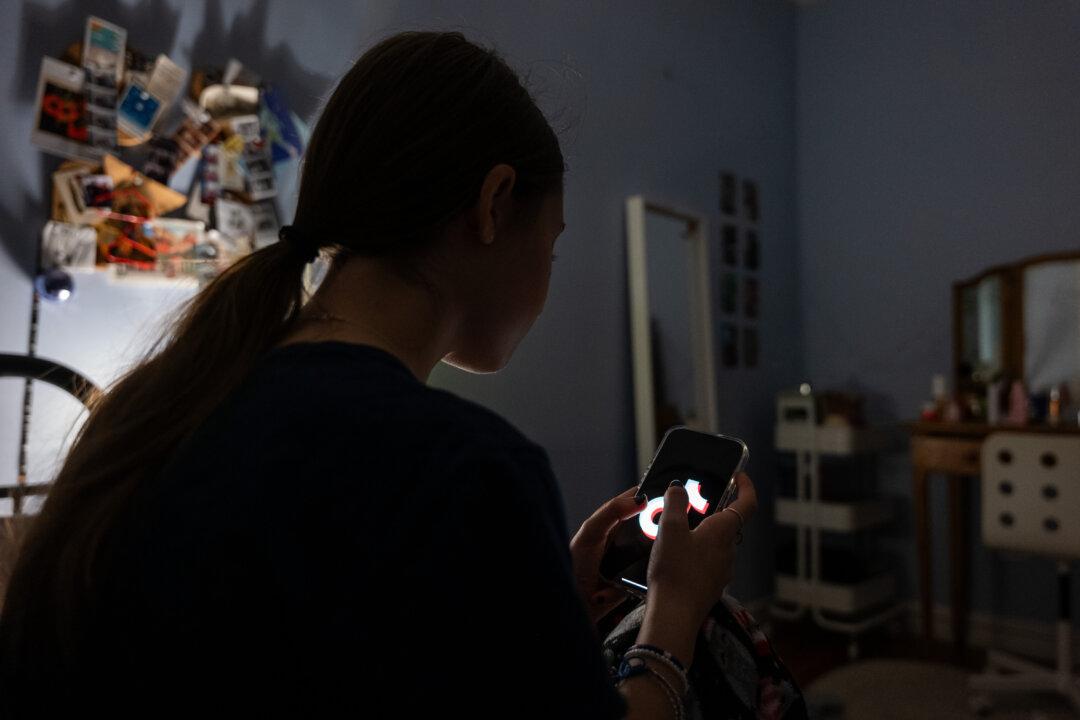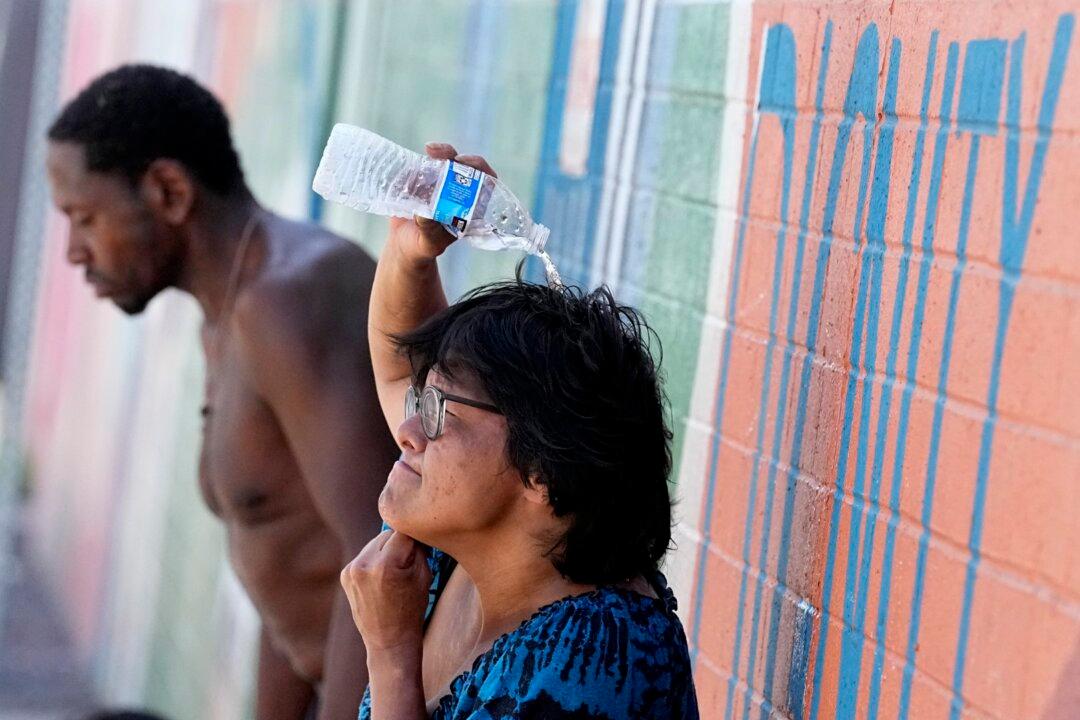Recent data from the National Institute on Drug Abuse (NIDA) revealed that, while reported cases of illegal drug use among adolescents in 2023 remain below pre-pandemic levels, the rate of deaths due to drug overdose has risen.
The Dec. 13 press release revealed the percentage of adolescents admitting to using illegal substances in 2023—10.9 percent of eighth graders, 19.8 percent of tenth graders, and 31.2 percent of twelfth graders—remained below levels seen prior to the COVID-19 pandemic lockdowns, according to the latest results from the Monitoring the Future Survey conducted by the NIDA.





